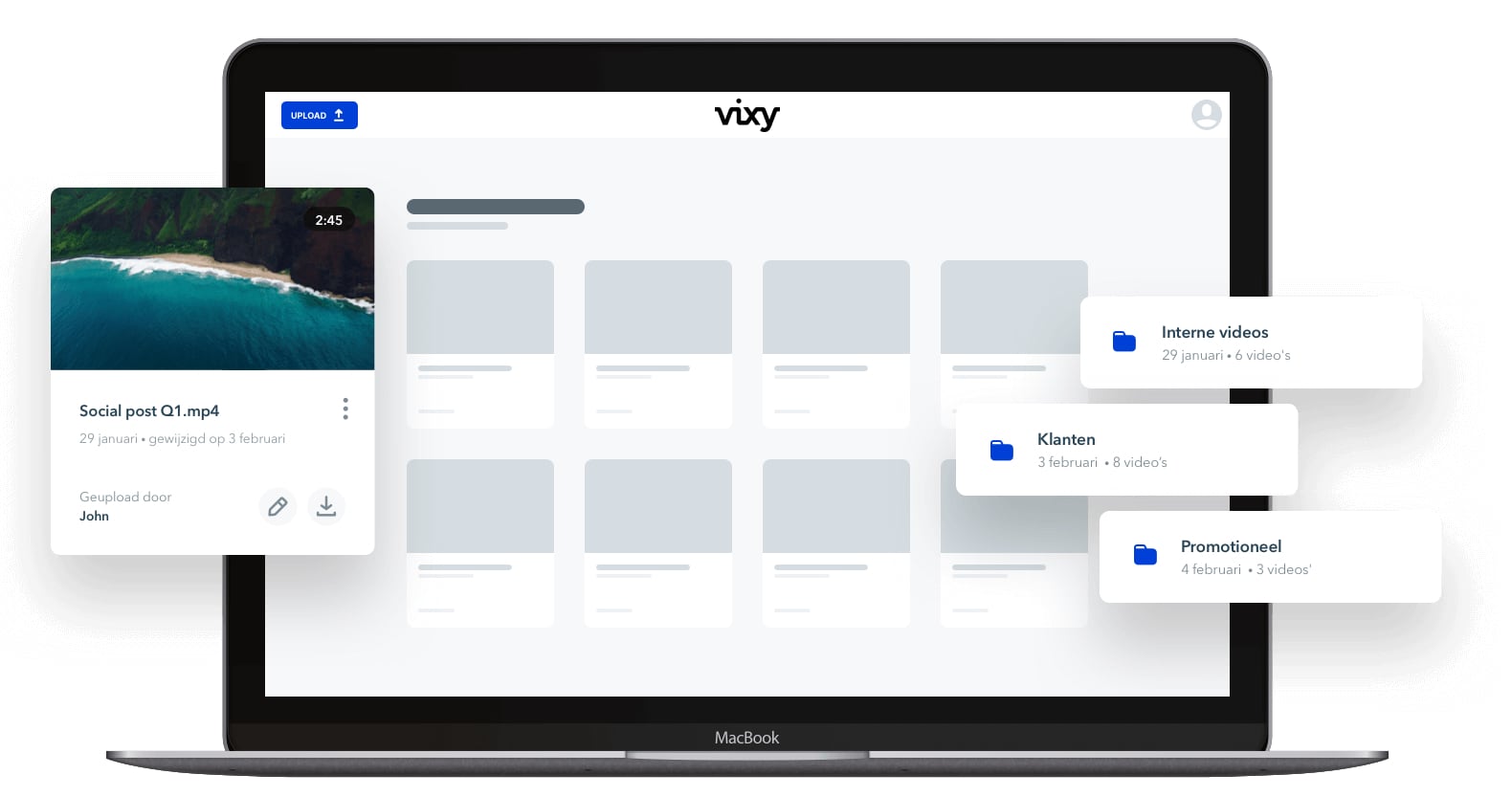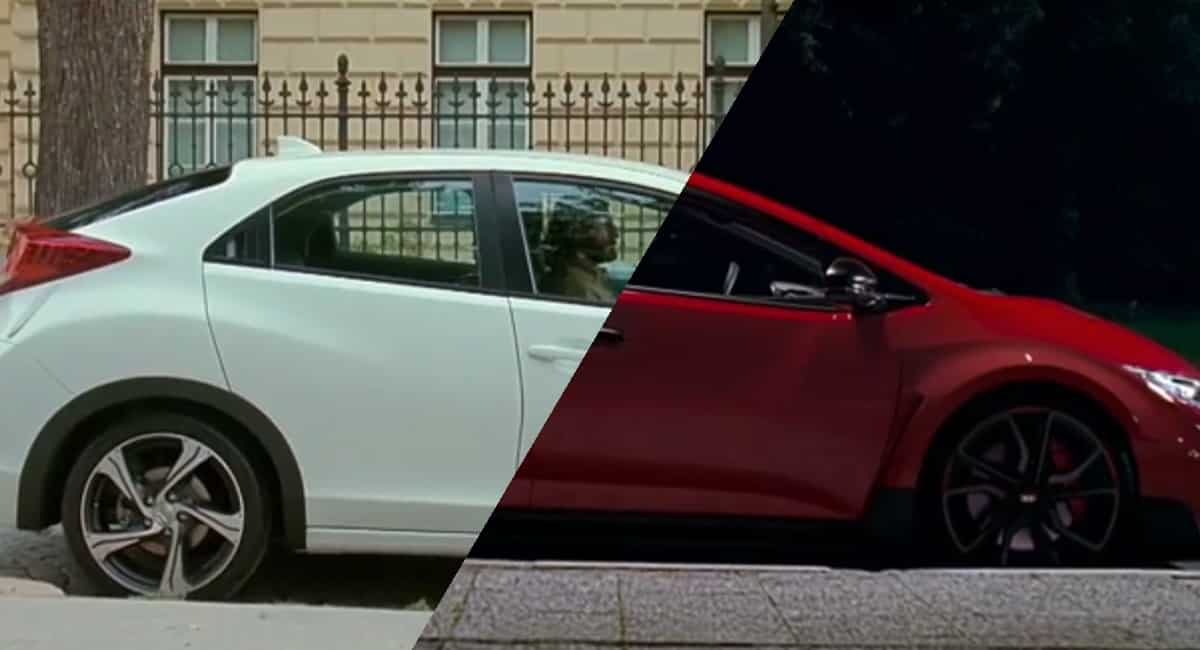Video Hosting: choose a reliable and flexible platform..

Video codec is a software or hardware that compresses and/or decompresses digital video. Put another way, it converts raw or uncompressed video to a compressed format, or vice versa. It essentially makes file sizes smaller so storage and distribution of videos are easier.
Video encoding refers to the process of converting raw video into a digital format that’s compatible with many devices. When it comes to streaming, videos are often compressed from gigabytes of data down to megabytes of data. Video encoding is essential to video streaming, helping to ensure quick delivery and playback. Content distributors use a video compression technology called a codec to shrink a video into a streamable size. Codecs allow us to tightly compress bulky streams down for delivery and storage.
Streaming requires the use of both audio and video codecs. H.264, also known as AVC (Advanced Video Coding), is the most common video codec, because of its widespread device support. AAC (Advanced Audio Coding) is the most common audio codec.
The most common encoding technologies in 2022:



